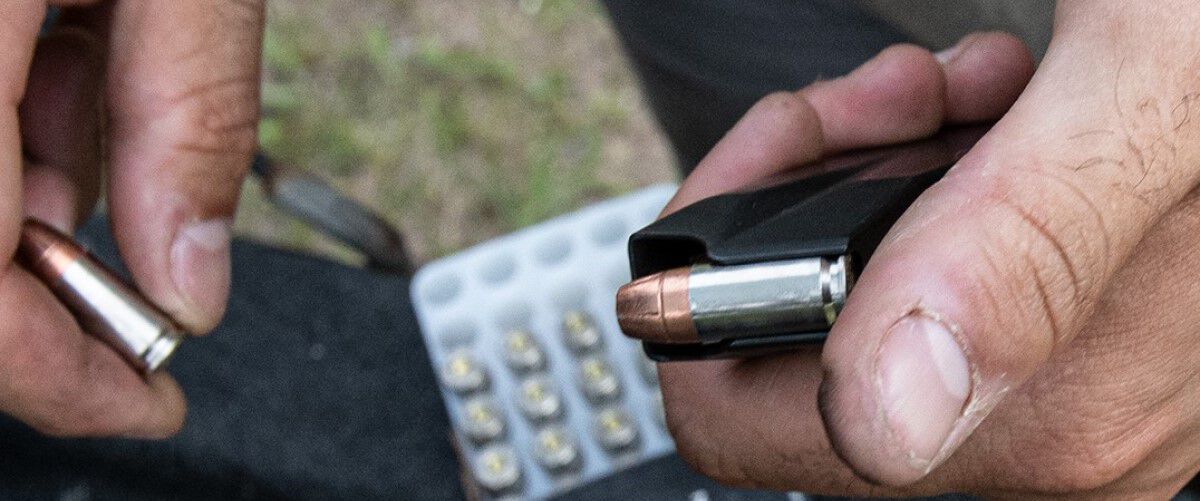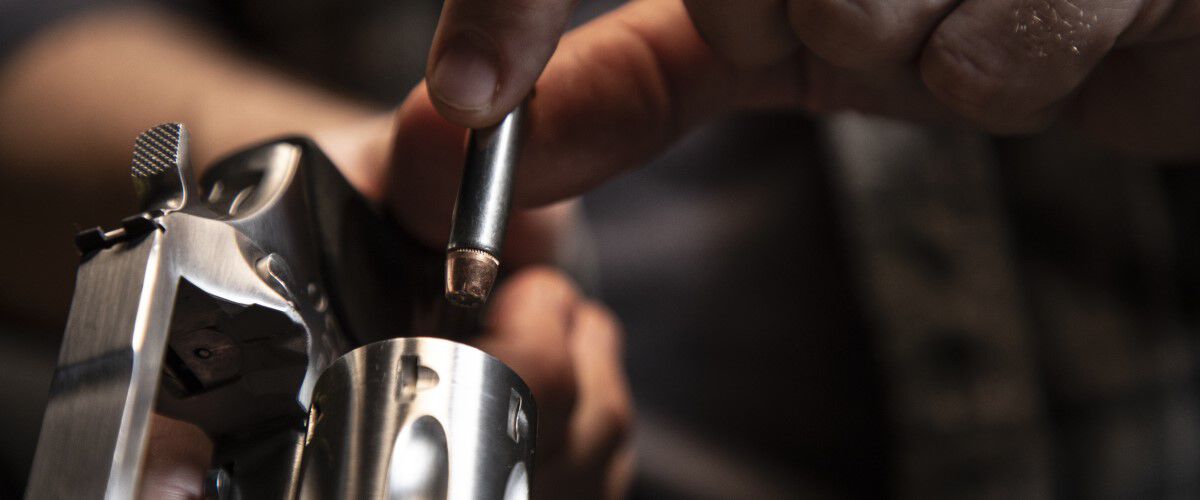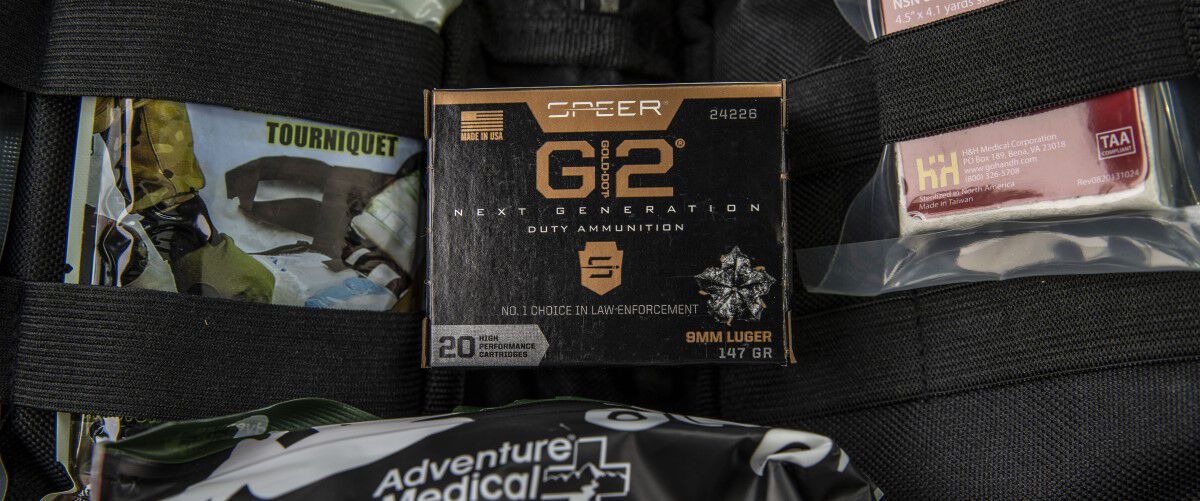
Action should be the absolute last action in home defense. The real way to navigate and survive a dangerous situation, according to former Army Ranger, master sniper and self-defense expert Jim Gilliland, is proper planning. He is a realist who knows that if you need to take action in your home, it will be much easier if you have clear plans for a variety of possible scenarios and know how to execute them.
Fire Drill
"Everyone, when they were a kid, practiced fire drills in school," Gilliland says. "The reason for these drills was to prepare appropriately for an emergency. As unlikely as a home invasion is, they happen across the country every day, and if it happens, you need to be ready."
Threat drills should be practiced regularly. Gilliland recommends having a plan for every possible situation.

"One basic plan isn't going to cut it. What if you're not in that room or specific location when something terrible happens? What if you're in the bathroom, garage, basement. You need to sit down as a family and have regular discussions about where you would go and what you would do during a home invasion, and there must be multiple plans in place. For instance, every person in the home should know what to do if an intruder is in the house and they are in the upstairs bathroom. However, that same person should also know what they should do in the downstairs bathroom. Definite plans should be in place."
Once plans are developed, drills should be practiced, just like you would do for a fire, tornado or hurricane drill. Execute each plan, each scenario, time and time again.
Be A Creature Of Habit
Gilliland notes that we are creatures of habit, and when it comes to surviving a home invasion, these habits will likely save us.
"It sounds simple, but it's so important to know where phones are located at all times. For instance, phones should be plugged in the same exact location every night. Someone getting to a phone and calling the authorities could be the difference between life and death."
No one knows the layout of your home better than you do. You arrange things the way you want them. Practice moving through your home—both during the day and night—with a firearm and without one. Pick out places in your home that provide cover—spots you can fight from. Know how your house ties together and where people should be located. This is super-important. Walls often won’t stop bullets, and the last thing you want is fire your weapon toward a room where loved ones are hiding.

"It's not complicated," Gilliland says. "If you're an athlete, you train for competition, and this is no different. The more you prepare and the more you train, the better off you're going to be. You have to build your mental muscle memory, and so does the entire family."
PACE Plan
The military uses PACE plans all the time, and you should follow suit. PACE stands for Primary, Alternate, Contingency, Emergency. All you need to know is these plans get more straightforward as you move from P to E. For example, the Primary Plan is your most thorough, most detailed one. Though still thought out, the Alternate Plan needs to be simplified because something within the Primary Plan went wrong. The Contingency Plan comes into play when things are breaking down, and we need to do the simplest thing possible to ensure survival.
Gilliland pulls no punches in describing the Emergency Plan. "The zombies are in the house, and they have Grandma. Bad things are happening, and stuff is getting very real, very fast. What is your final, last resort course of action?"
Remember, the more detailed you and your family can be—the more you rehearse and plan—the better prepared you will be if disaster strikes.
Gold Dot G2
Previously only offered to law enforcement, Speer Gold Dot G2 offers the ultimate defense for full-size pistols. Instead of a large hollow-point cavity, it uses a shallow dish filled with a high-performance elastomer to start the expansion process.
Buy Now